Código
TL09
Área Técnica
Glaucoma
Instituição onde foi realizado o trabalho
- Principal: Instituto para o Desenvolvimento da Educação Ltda-IPADE/Faculdade Christus
Autores
- THIAGO CARVALHO BARROS DE OLIVEIRA (Interesse Comercial: NÃO)
- JULIANA LUCENA MARTINS FERREIRA (Interesse Comercial: NÃO)
- HISSA TAVARES LIMA (Interesse Comercial: NÃO)
- CARLOS OTÁVIO ARRUDA BEZERRA FILHO (Interesse Comercial: NÃO)
- CAMILLE MOURA OLIVEIRA (Interesse Comercial: NÃO)
- ANA BEATRIZ ALMEIDA CUNHA (Interesse Comercial: NÃO)
- JOAO CRISPIM MORAES LIMA RIBEIRO (Interesse Comercial: NÃO)
Título
THERMAL STIMULI AS A POSSIBLE APPROACH TO INTRAOCULAR PRESSURE MODULATION
Objetivo
Main Objective: To determine the possibility of modulating intraocular pressure (IOP) using a thermal face mask at early stage. Secondary Objectives: To quantify IOP modification depending on the temperature applied; determine whether the IOP modulation has any relationship to the mechanical effect of the mask; and observe possible side-effects caused by thermal mask use, depending on the applied stimulus (normothermic, hyperthermic, or hypothermic).
Método
In this triple-masked, prospective clinical study, healthy participants were randomized on a 1:1:1 allocation ratio for the three mask groups: hypothermic (G1), normothermic (G2), and hyperthermic (G3). After randomization, 108 eyes from 108 participants were submitted to a clinical evaluation, where initial IOP was measured (T1), and then proceeded to the mask application. The mask was applied for 10 minutes, and a new evaluation was done to verify the final IOP (T2) and possible side-effects of the masks.
Resultado
The hypothermic group (G1) showed a significant reduction in mean pressure from T1 (16.97 ± 2.59 mmHg) to T2 (14.97 ± 2.44 mmHg) (p<0.001). G2 showed no significant variation from T1 (16.50 ± 2.55 mmHg) to T2 (17.00 ± 2.29 mmHg) (p=0.054). G3 showed a significant increase from T1 (16.53 ± 2.69 mmHg) to T2 (18.58 ± 2.95 mmHg) (p<0.001). At T1, there was no difference between the three study groups (p=0.823), but at T2, the mean values of G3 were significantly higher than G1 and G2 (p<0.00)
Conclusão
Temperature demonstrated to be a modifying factor of IOP, and the use of masks brings the possibility of applying temperature in a reproducible and controlled way to modify IOP. Further studies are needed to assess the duration of these effects and whether these effects are reproducible in patients with pathologies related to uncontrolled IOP.
Número de protocolo de comunicação à Anvisa: 2022379801